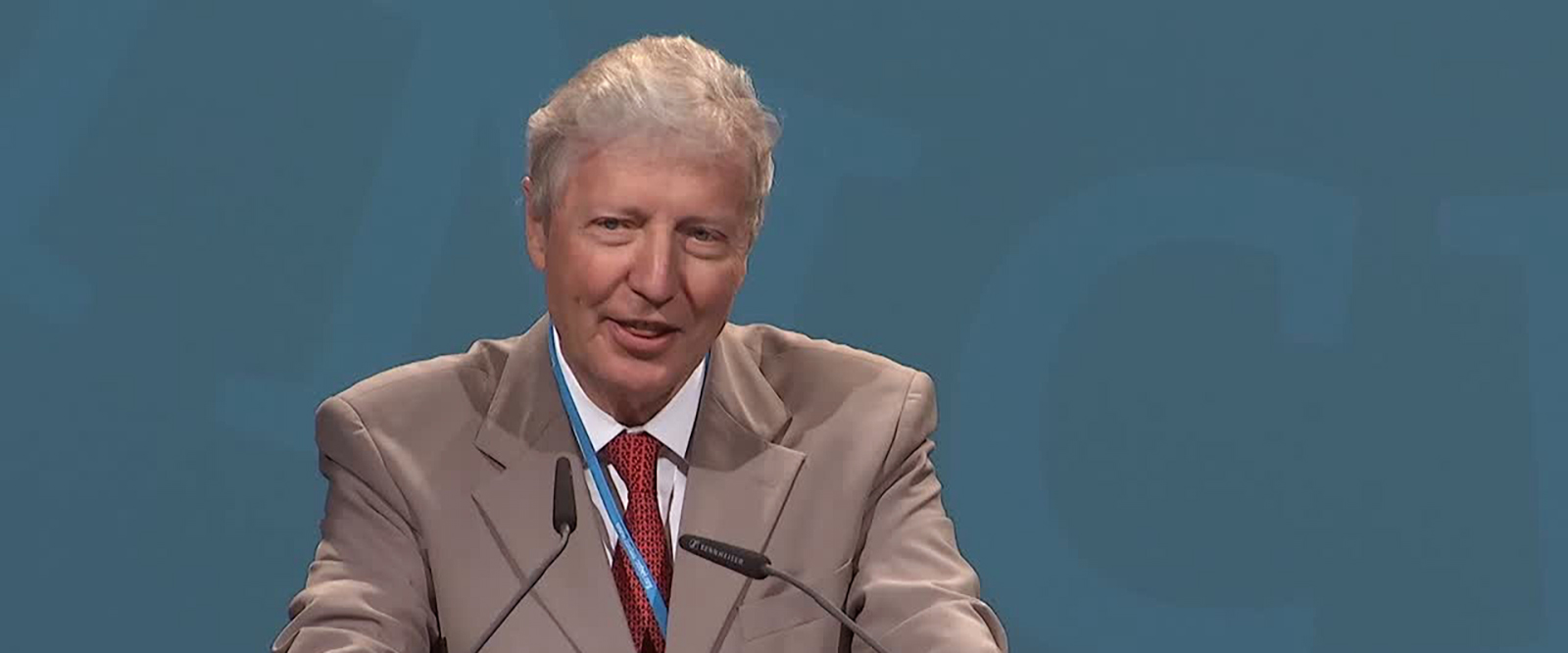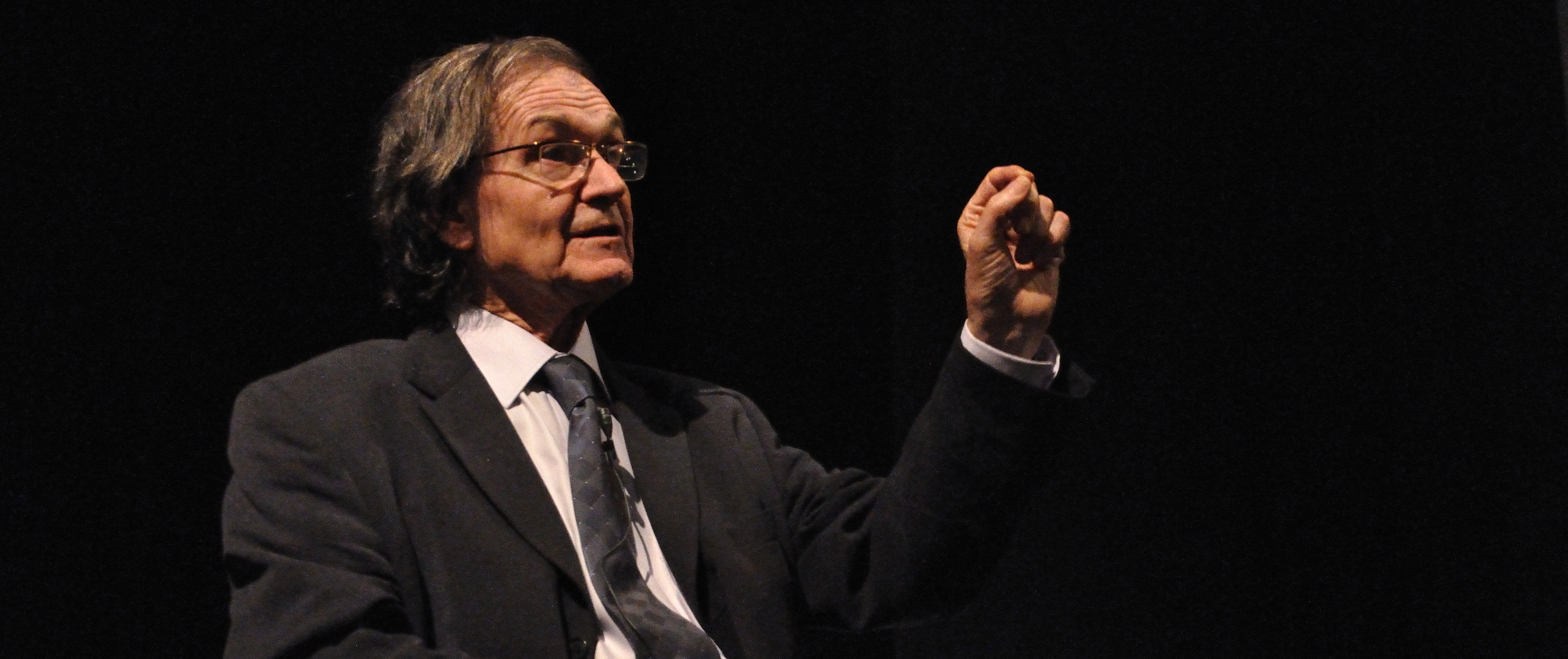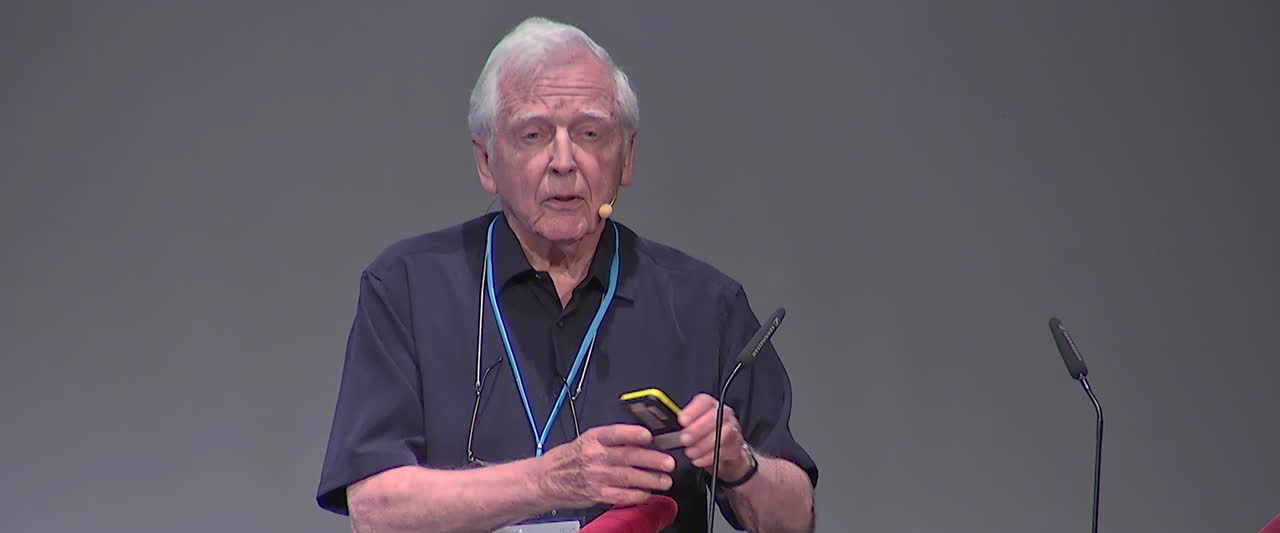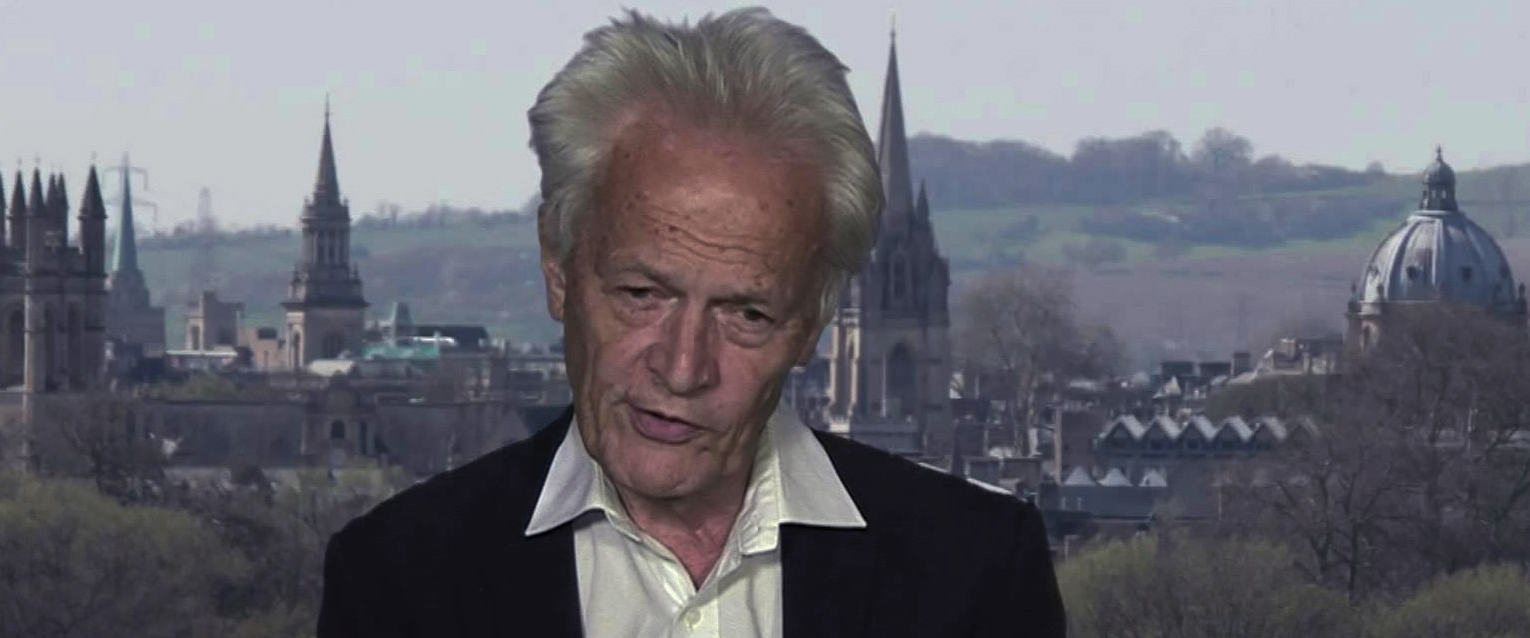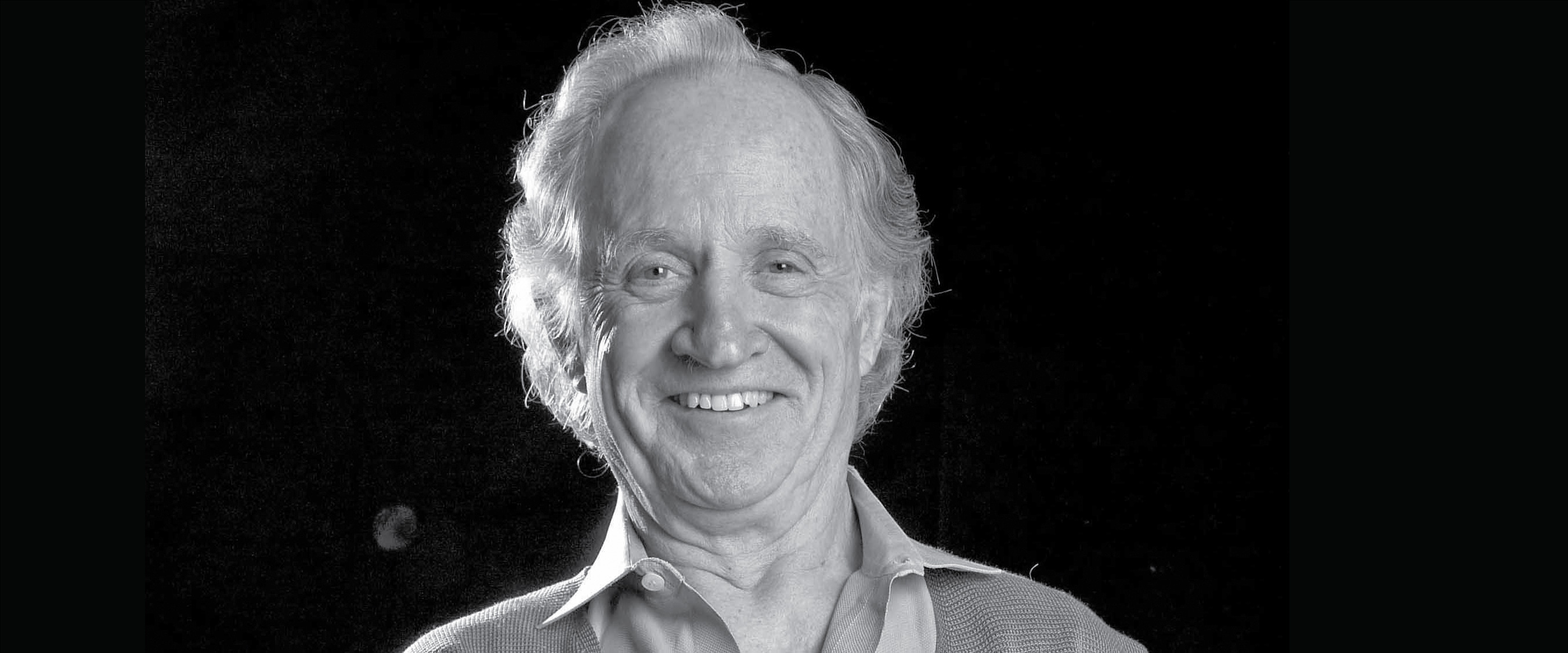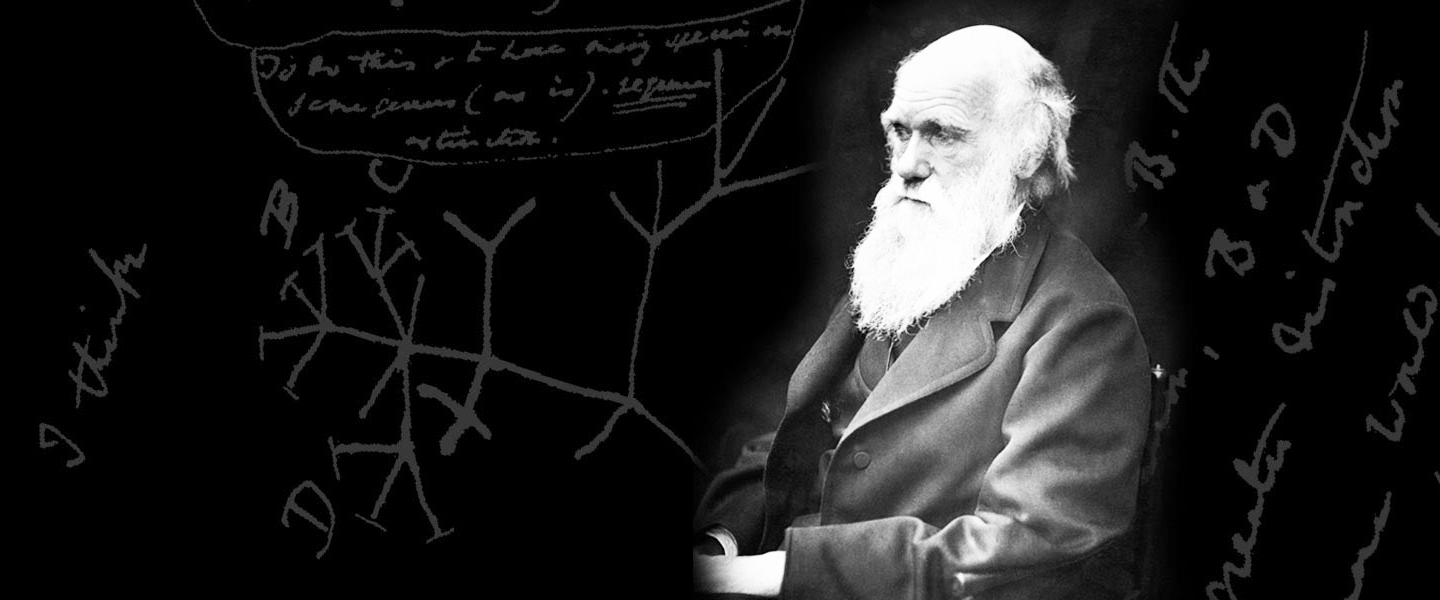10th December 2018.
Marco Bianchi, San Raffaele University, Milan
On the 10th of December 2018 Marco Bianchi, of Università San Raffaele, will give a seminar entitled High Mobility Group Box 1 protein orchestrates tissue regeneration via CXCR4 at 5.00 pm in the College lecture theatre. In his talk ME Bianchi will discuss the signaling role of HMGB1 (High Mobility Group Box 1) protein as Damage Associated Molecular Pattern (DMAP) protein. DAMPs are molecules that are normally present inside cells, and whose extracellular presence signals that some cell has died or risks doing so. HMGB1, as the prototypical DAMP, signals tissue damage and triggers inflammation. This is a major area of research in cancer biology, crucial for understanding the somatic evolution of cancer. All College students are invited to attend, especially those reading Medicine, Biology, Biotechnology and Pharmaceutical Sciences. The poster of the lecture can be downloaded here.
Abstract
Inflammation and tissue regeneration follow tissue damage, but little is known about how these processes are coordinated.High Mobility Group Box 1 (HMGB1) is a nuclear protein that, when released on injury, triggers inflammation. Remarkably, extracellular HMGB1 recruits inflammatory cells when it is fully reduced, and activates them when a disulfide bond forms between two cysteines. We have now found that fully reduced HMGB1 is also involved in tissue regeneration: it orchestrates muscle and liver regeneration via CXCR4 receptor, whereas disulfideHMGB1 and its receptors TLR4/MD-2 and RAGE (receptor for advanced glycation end products) are not involved. Injection of HMGB1 accelerates tissue repair by acting on resident muscle stem cells, hepatocytes, and infiltrating cells. The nonoxidizable HMGB1 mutant 3S, in which serines replace cysteines, promotes muscle and liver regeneration more efficiently than the wildtype protein and without exacerbating inflammation, by selectively interacting with CXCR4. Overall, our results show that the reduced form of HMGB1 coordinates tissue regeneration and suggest that 3S may be used to safely accelerate healing after injury in diverse clinical contexts.
Biography
ME Bianchi graduated in Biology at the Università di Milano in 1980, and soon after moved to Yale University, joining the Radding lab and studying molecular aspects of recombination catalyzed by RecA, a bacterial protein. On returning to the Università di Milano in 1983, he started looking for equivalent proteins in eukaryotes. This work blossomed when he moved in 1986 to the EMBL in Heidelberg, as an independent Staff Scientist: he isolated a protein that bound Holliday junctions, recombination intermediates formed by DNA molecules swapping helices. After joining the University of Pavia as an Associate Professor in 1989, he showed that this protein, HMGB1, was the founding member of so called “architectural proteins” that distort and bend DNA as chaperone to promote the assembly of multiprotein-DNA complexes. Since 1992 he is at San Raffaele, where he is currently a Professor of Molecular Biology, and where he identified HMGB1 as the first DAMP, a class of molecules that had been predicted by the dogma-changing “Danger Theory” of immunology.
Reference
[1] Tirone M, Tran NL, Ceriotti C, Gorzanelli A, Canepari M, Bottinelli R, Raucci A, Di Maggio S, Santiago C, Mellado M, Saclier M, François S, Careccia G, He M, De Marchis F, Conti V, Ben Larbi S, Cuvellier S, Casalgrandi M, Preti A, Chazaud B, Al-Abed Y, Messina G, Sitia G, Brunelli S, Bianchi ME* and Vénéreau E* (2018) High Mobility Group Box 1 orchestrates tissue regeneration via CXCR4. J Exp Med 215: 303-18. doi: 10.1084/jem.20160217.
[2] Bianchi ME, Crippa MP, Manfredi AA, Mezzapelle R, Rovere Querini P and Venereau E (2017) High Mobility Group Box 1 protein orchestrates responses to tissue damage via inflammation, innate and adaptive immunity, and tissue repair. Immunol Rev 280: 74-82. doi: 10.11
Image
Immunofluorescence of skeletal muscle, one of the targets of the HMGB1-CXCR4 signalling pathway.
